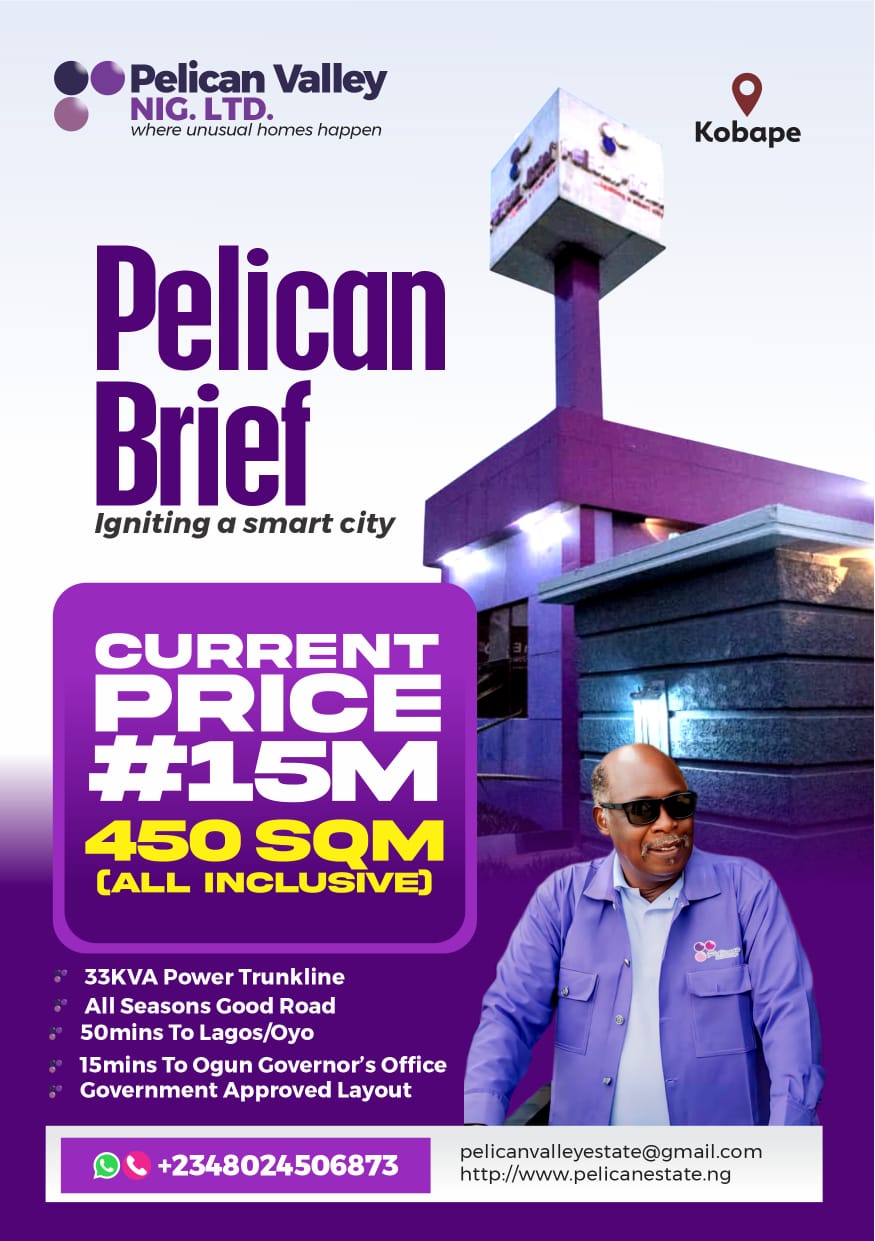[ad_1]
In recent years, traffic safety has become a major concern in Macon. One of the most effective tools to combat reckless driving and reduce collisions at intersections is the red light camera. These devices are designed to capture drivers who run red lights, and their presence often deters dangerous behavior on the road. In Macon, the intersections are frequently congested. Traffic in Macon can be controlled by red light cameras.
The Basics of Red Light Cameras
Red light cameras are automated systems placed at intersections. These cameras use sensors embedded in the road to detect when a vehicle enters the intersection after the light has turned red. Once a violation is detected, the camera takes photographs or video footage of the vehicle’s license plate. This evidence is then used to issue a citation to the vehicle’s registered owner.
SPONSOR AD
Unlike police officers who must witness a violation in person, red light cameras provide continuous, 24/7 monitoring. This allows for the consistent enforcement of traffic laws without the need for a patrol car at every intersection.
Reducing Intersection Collisions
Running red lights is one of the leading causes of severe accidents at intersections. These collisions often involve high speeds and can lead to serious injuries or fatalities. According to the Insurance Institute for Highway Safety (IIHS), cities that implemented red light camera programs saw a significant decrease in red-light-running violations and intersection crashes.
When drivers know that red light cameras are in use, they are more likely to stop when the light turns yellow or red. This reduction in risky behavior directly contributes to fewer T-bone and rear-end collisions, both of which are common at busy intersections.
Encouraging Safer Driving Habits
Red light cameras not only catch violators but also encourage all drivers to develop better habits over time. The consistent presence of enforcement deters drivers from speeding up to beat the light, a behavior that often leads to crashes. Instead, drivers become more cautious and attentive, especially when approaching intersections.
In some cases, cities post signs to inform drivers that cameras are in operation. Even the knowledge that enforcement is possible has been shown to improve compliance with traffic signals. Over time, this can foster a culture of safer driving in communities.
Supporting Law Enforcement
Police departments often have limited resources and personnel. Red light cameras help fill the gap by enforcing traffic laws without the need for an officer on-site. This frees up officers to focus on more pressing public safety issues while still ensuring that traffic laws are upheld.
Moreover, the cameras provide clear, time-stamped photographic evidence of violations, which strengthens the legal process. Drivers who receive tickets have the opportunity to contest them, but the presence of visual proof makes it more difficult to dispute a legitimate violation.
Addressing Concerns and Improving Technology
Despite their benefits, red light cameras are not without controversy. Some critics argue that they are more about generating revenue than ensuring safety. Others worry about potential errors in issuing tickets. However, advances in technology and stricter guidelines for camera placement have helped address many of these concerns.
Modern red light camera systems are more accurate and include safeguards to prevent false violations. Many cities have also implemented grace periods to account for borderline cases where a driver enters the intersection just as the light changes. Transparency in how the systems are used and how violations are processed can also help build public trust.
Real Results from Across the Country
Numerous cities that have implemented red light camera programs have reported tangible benefits. For example, studies have shown that fatal red-light-running crashes decreased by more than 20% in cities with camera systems. In some areas, rear-end collisions initially increased slightly due to sudden braking but eventually leveled off as drivers adjusted their behavior.
The long-term trend points to overall improvement in intersection safety. As cities collect more data, they can fine-tune their programs to focus on the most dangerous intersections and adjust camera placements for maximum impact.
Conclusion
Red light cameras are more than just tools for catching traffic violators—they are a proven method of improving road safety. In cities where traffic congestion and reckless driving are serious concerns, such as Macon, these devices contribute significantly to better driving behavior and fewer accidents. By reducing red-light-running incidents and encouraging caution at intersections, red light cameras help protect lives and make the roads safer for everyone.
Whether as a deterrent, an enforcement tool, or a data source for smarter urban planning, red light cameras are a key part of modern traffic safety strategy.
Do you want to share a story with us? Do you want to advertise with us? Do you need publicity for a product, service, or event? Contact us on WhatsApp +2348183319097 Email: platformtimes@gmail.com
We are committed to impactful investigative journalism for human interest and social justice. Your donation will help us tell more stories. Kindly donate any amount HERE




